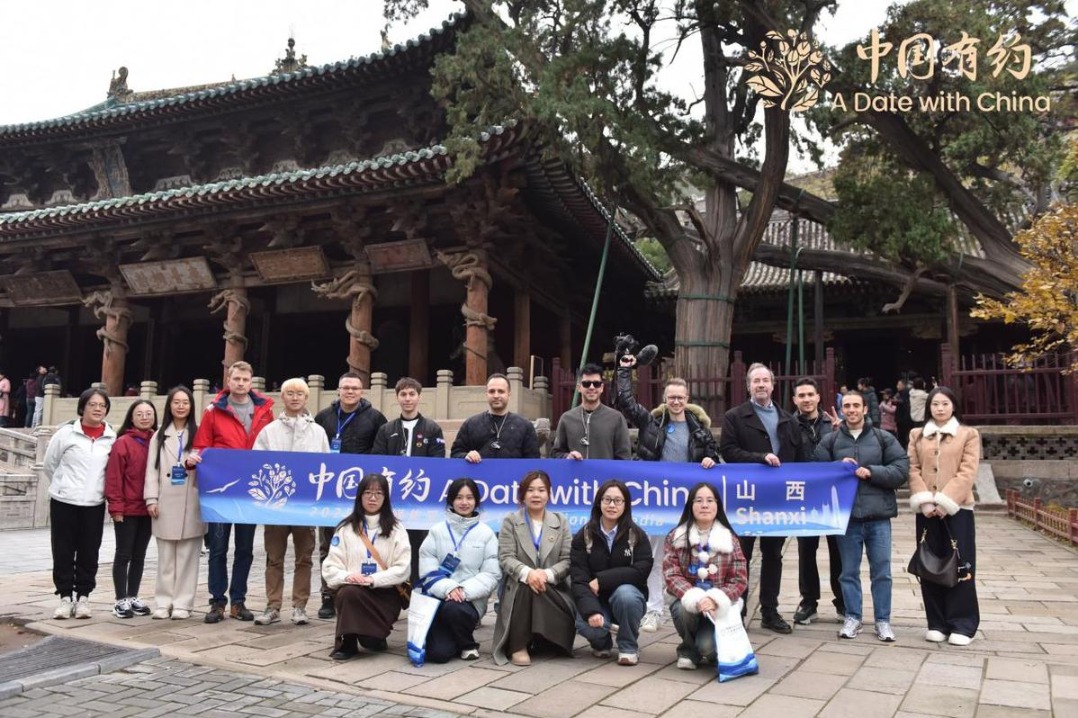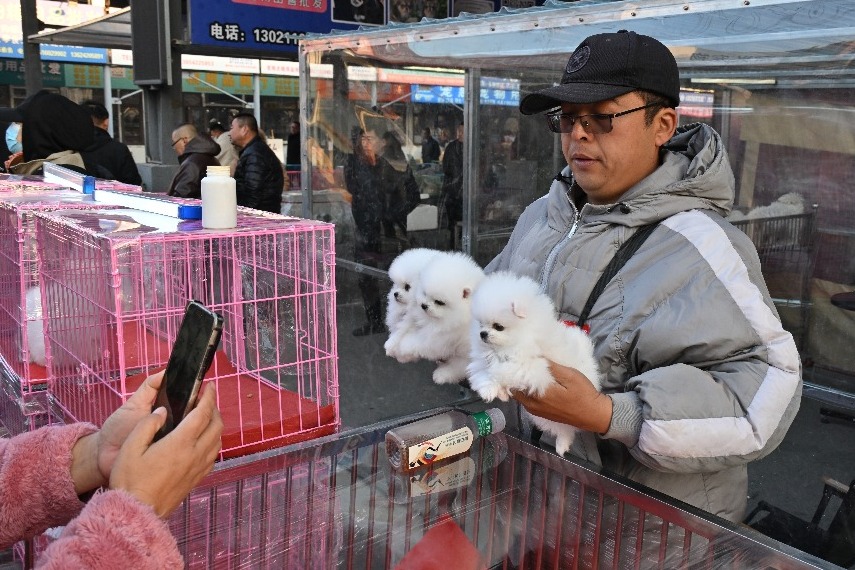A road of transitions in 2012

New year set to define long-term sustainability of the market
With 2011 now gone, attention turns to the prospects for China's automotive industry in 2012. While naysayers are talking about a continuation of the weak market seen in 2011 and optimists are talking about a rebound, I prefer to focus on the key changes we can expect to see in the market this year - and there will be many.
The year 2012 will be a key transitional year in the development of China's automotive industry.
Transition of the economy
The economic environment is one of the most critical factors driving the automotive market. Influenced by both external and internal difficulties, China's GDP growth in 2012 will most likely go below 9 percent, its lowest level since 2001.
The global economy is facing its greatest downward pressure since 2008. And China, like all developing countries, will inevitably feel the impact of the downturn in the mature markets, with declining exports, retreating foreign capital and the increasing risk of inflation.
The domestic economy is also getting worse. Though some positive signals of the tightening monetary policies have been seen, controlling inflation will remain a priority for Beijing this year.
The old "three carriages" (investment, exports and consumption) of China's economy are struggling to pull with as much force as they have done in previous decades. Beijing is being forced to change the way it structures the economy and its development. We can expect dependence on domestic demand to increase and a decreased reliance on foreign demand. The year 2012 is going to be the beginning of this transition.
Transition of policy
Policy continues to play a very important role in the development of the automotive industry. The crown of being the largest market in the world was assumed proudly, but the environmental problems caused by the soaring vehicle population is putting increased pressure on the government. Recent changes in taxation, fees and some regulations indicate a transition in policy.
From Jan 1, the vehicle and vessel tax will be based on the engine displacement instead of a flat rate previously. The tax on passenger vehicles below 2 liters will fall by up to 83 percent, while that on vehicles with engines above 2 liters will increase by up to 14 times.
While the buyers of large displacement cars (mostly luxury cars) are largely insensitive to the change, it is the low-end small cars that will benefit most from the reduced annual cost. It will also encourage the R&D and application of turbo-charged engines, which are believed to be very fuel efficient.
The change of the vehicle and vessel tax reflects the determination of the officials to improve fuel efficiency and save energy.
The national tax bureau also implemented new purchasing tax regulations at the start of the new year, which simplify the procedures for used car transactions and removes fees. It is expected to speed up the turnover of the used car market and stimulate new car sales.
Moreover, it voids the purchase tax for electric cars, which will help to stimulate their sales in the long run.
Reducing vehicle operating costs, including fuel and toll fees, will continue and vehicle sales will benefit. In 2011, 1,892 toll stations were removed and a total of 94,000 kilometers of freeways opened.
The pricing system of retail fuel is also expected to be more flexible in 2012.
Another change in policy is that foreign investment in vehicle manufacturing will no longer be encouraged. In other words, new vehicle joint ventures will not get approval from the NDRC and capacity expansions of existing JVs will be more difficult.
Since nearly every non-premium global carmaker has already established a presence in China, the new policy will mostly impact luxury carmakers such as Land Rover and Lexus, which are planning to locally produce their gas-guzzler vehicles.
Transition of the market
Carmakers are changing their way of thinking and the market will diversify.
Foreign brands are starting a new campaign of capacity expansion. Volkswagen is going to set up new plants in Ningbo and Xinjiang, Nissan will be adding a Dalian plant for Infiniti; GM, Ford, PSA, Hyundai, Honda, BMW and Toyota are all going to have new plants ready for production in 2012. As their performance in other markets is expected to be weak, the booming Chinese market is a straw they can hold.
The main battlefield among the global carmakers will move from compact cars to midsize cars. The combination of VW's Passat and Magotan, and that of Buick's Regal and Lacrosse, are competitive enough to challenge the traditional segment leaders - Accord, Camry and Teana. Second-tier players including Mondeo, Sonata, K5, C5 and 508 are also competing hard with an ambition to challenge first-tier players. A good presence will not only bring higher profits but a good reputation for the brand as well.
Chinese brands are adopting different strategies. Sales targets have been de-emphasized, particularly for leading brands. Chery, having realized the failure of its "more products, more sales" strategy, has cut a number of new product programs and has started to refocus resources.
BYD, having experienced a sluggish 2011, is now focusing on improvements to product quality and a restructured sales network.
It is highly possible that the market share of the Chinese brands will continue to decrease in this transitional year but we believe that sooner or later they will win it back, if they stick to their revised strategies.
Overall, we expect the Chinese light vehicle market to grow 9 percent in 2012 to 19.7 million units. But more importantly, we believe the year will be one in which long-term sustainability of the market will be defined.
The author is manager of market research, Greater China, LMC Automotive.
Today's Top News
- Japan's tourism battered as Chinese travelers cancel trips
- Japan blasted for troublemaking, military buildup
- China, Germany hold 4th high-level financial dialogue
- Carrier exercises bolster fleet response capabilities
- Fairness and justice in rule of law stressed
- Exchanges with Russia to expand






























